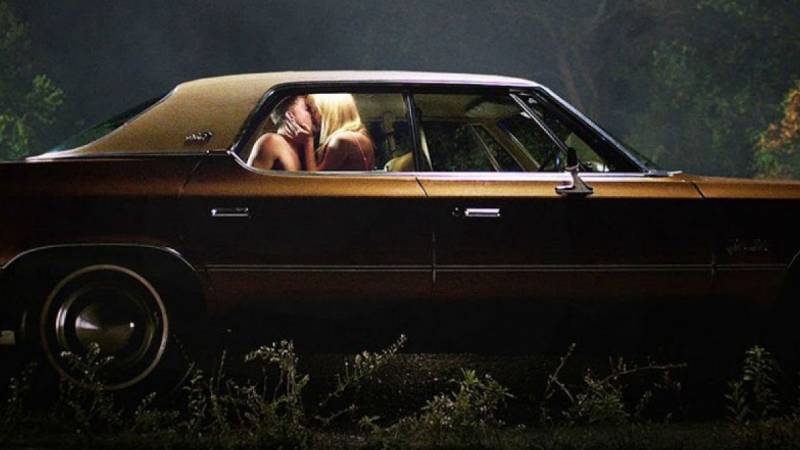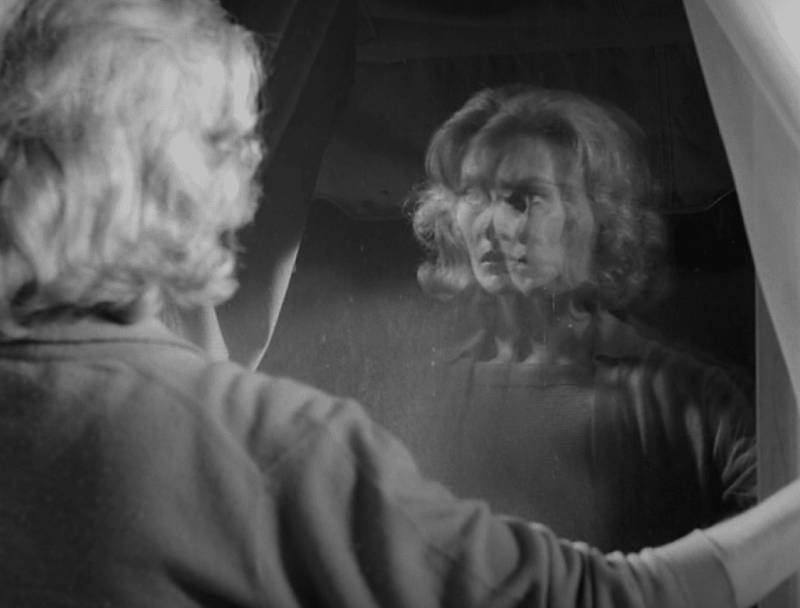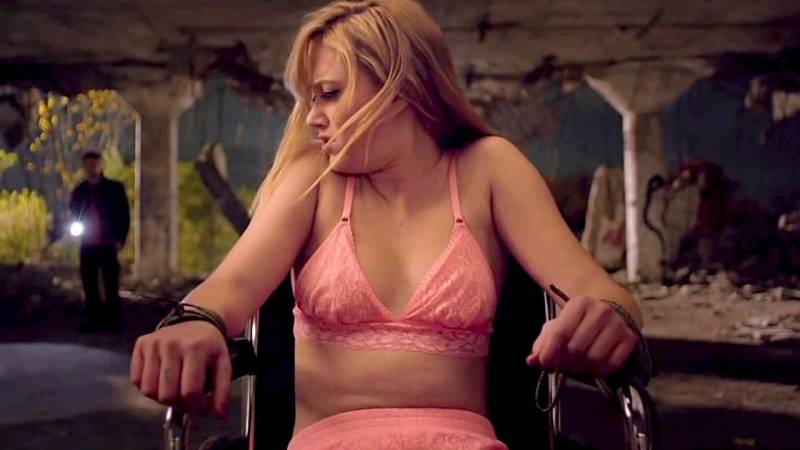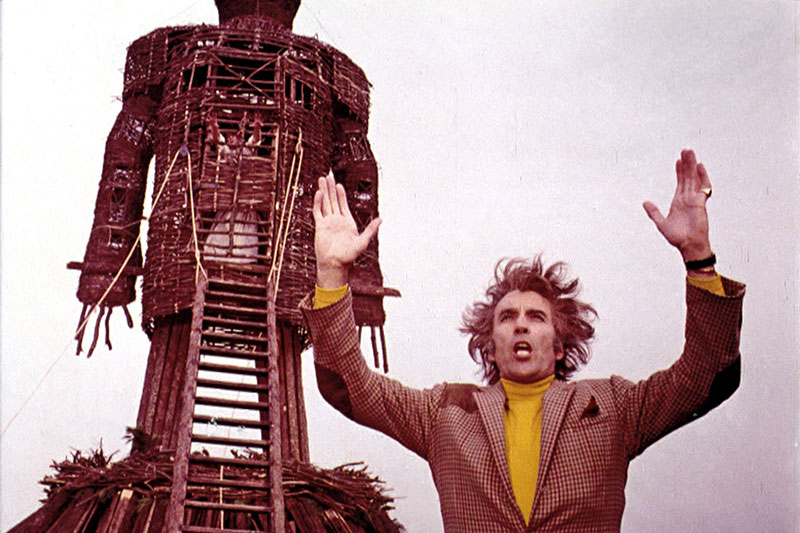I don’t know about you, but we arts and culture writers at KQED aren’t watching the usual Friday the 13th / Nightmare on Elm Street / Halloween movies this year. Nothing in 2020 is normal—why should your horror-movie lineup be the same old same old?
Below, you’ll find our picks for underrated Halloween movies, and, because you’ve probably exhausted your skills at home cooking, fresh ideas for what to snack upon while viewing from our food editor, Urmila Ramakrishnan.
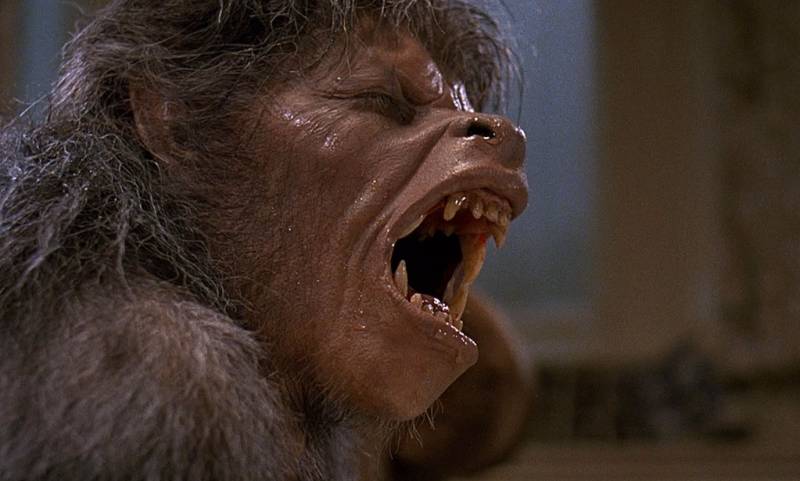
‘An American Werewolf In London’ (1981)
Where to see it: HBO
What most people remember from An American Werewolf in London are its groundbreaking special effects. Indeed, the scene in which the American protagonist, David, finally transforms inch-by-agonizing-inch into a werewolf is arguably the best physical transformation ever committed to film. (Director John Landis would later reprise it for Michael Jackson’s Thriller video.) But the thing that makes the movie special is its very ordinariness. The stunning werewolf metamorphosis takes place on the drab living room floor of a London flat. The bumbling detectives investigating the gory death of David’s best friend Jack, late one night on an English moor, are more concerned with tea and decorum. And when Jack visits David from beyond the grave, his face decaying more and more each time, Jack casually eats toast, complains about his state in purgatory (“Have you ever talked to a corpse? It’s boring!”) and introduces David to the very irritated people he has killed. It’s one of the few films in horror history that successfully manages to be both laugh-out-loud funny and genuinely frightening. (The carnage in Piccadilly Circus at the finale remains distressing.) To cap it all, the soundtrack is an enormous amount of fun, featuring Van Morrison’s “Moondance,” Creedence Clearwater Revival’s “Bad Moon Rising,” and versions of “Blue Moon” by Sam Cooke, The Marcels and Bobby Vinton. All in all, a bloody good time.—Rae Alexandra
Pair with: Steak tartar and venison casserole. Based on the fact that it’s a werewolf movie, with the setting in London, it’s only fitting to pair this with something a werewolf would enjoy. Tartar is, well, raw meat, and werewolves would typically eat hooved animals like deer, which is where the venison casserole comes into play.—Urmila Ramakrishnan
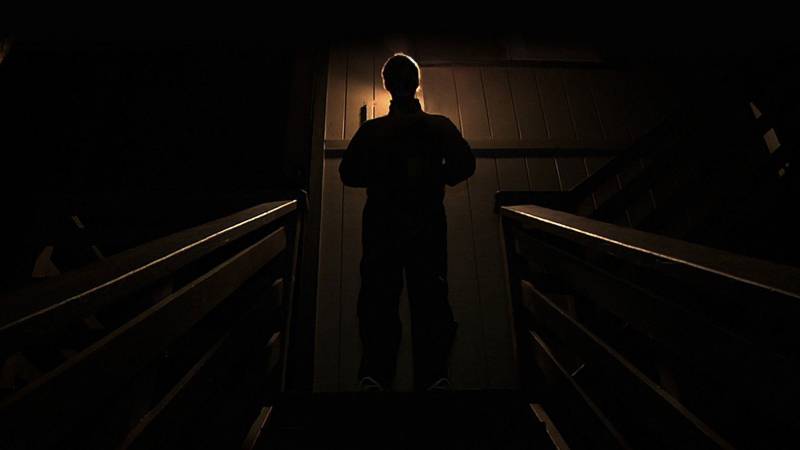
‘Creep’ (2014)
Where to see it: Netflix
For many, many years, I was allergic to horror films. What’s the point in purposely giving yourself the heebie jeebies, I reasoned, when there’s so much in the real world to cause anxiety and dread? Slowly, with much prodding, I’ve treated the condition with exposure therapy. Now I can strap in and enjoy the ride, somewhat excited for the jump scares to come. (I’ve even started to differentiate certain subgenres I find more enjoyable, specifically horror of the non-magical variety.)
Creep is one of those “this could really happen” type of films, a terrifying premise reinforced by the handheld camcorder and simple conceit: Josef (co-writer Mark Duplass), who says he has an inoperable brain tumor, hires Aaron (co-writer and director Patrick Brice) to record a video diary for his unborn child. The day’s activities take place in and around a remote cabin. It’s a strange gig, but Aaron’s a struggling videographer and $1,000 isn’t bad for a day’s work. As might be expected, things get weird, Josef maybe isn’t who he says he is (Duplass is wonderfully unpredictable), and the single camera becomes a crucial element in concealing and revealing whatever the heck is really going on.–Sarah Hotchkiss
Pair with: Meiji chocorooms, gummy worms and rock candy. This thriller takes place deep in the mountain woods, and I’d imagine foraging for sustenance while hiding from a crazy creep would be fitting. Since you’re not the one being chased down, these will give you the semblance of having that experience—albeit with a much higher sugar content to keep the adrenaline coursing through your veins.—U.R.
